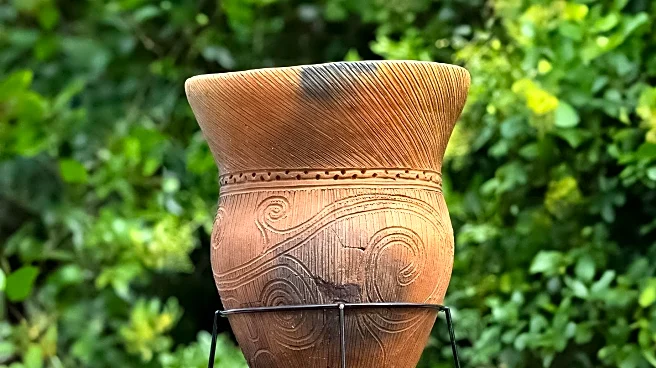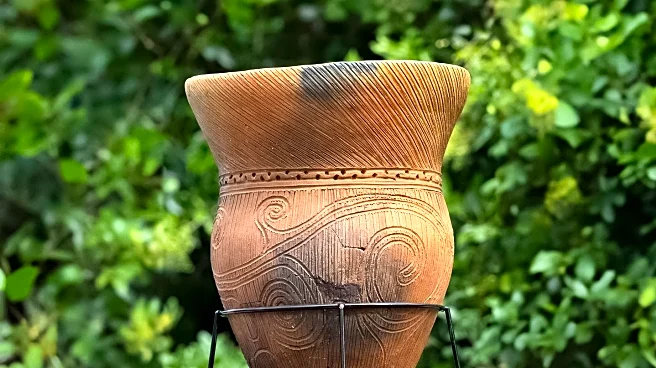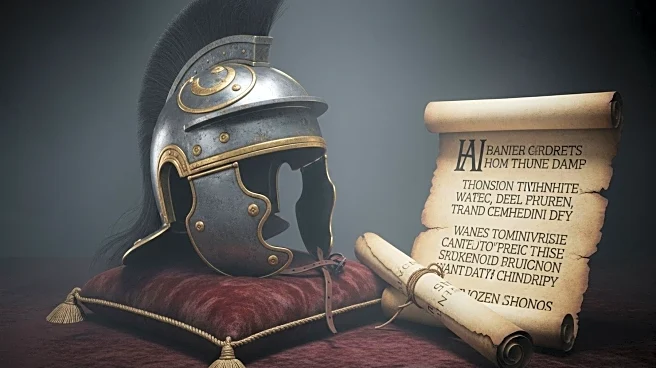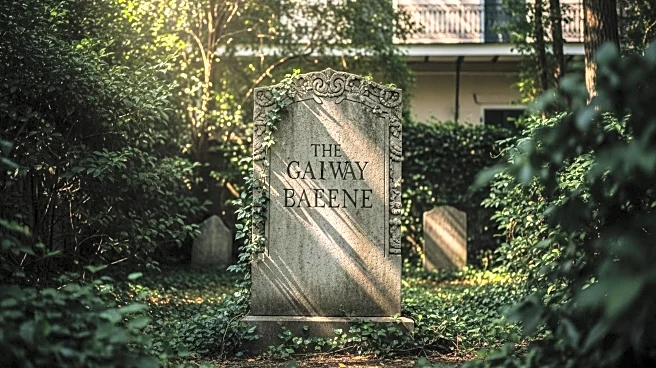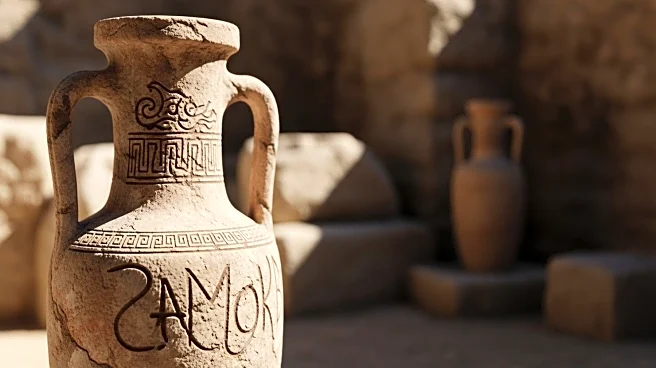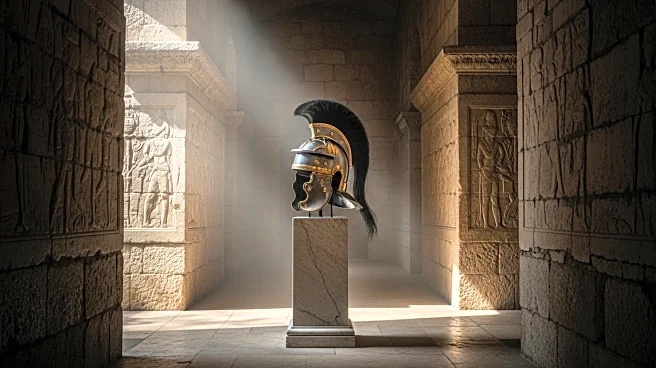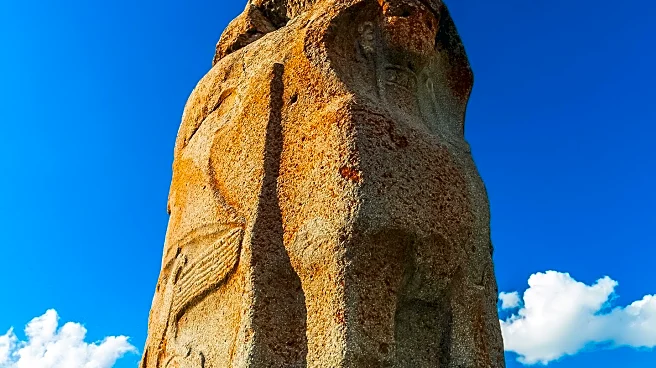What's Happening?
A New Orleans family uncovered a 1,900-year-old Roman grave marker in their backyard, leading to a significant archaeological discovery. The marble tablet, inscribed with Latin characters, belonged to Sextus Congenius Verus, a Roman sailor who served in the imperial navy. The artifact had been missing from an Italian museum for decades, having originally been part of a cemetery in Civitavecchia, Italy. Tulane University anthropologist Daniella Santoro and classical archaeologist Susann Lusnia identified the tablet, which matched the recorded measurements of the missing artifact. The FBI is currently in discussions with Italian authorities regarding the repatriation of the tablet.
Why It's Important?
The discovery of the Roman artifact in New Orleans highlights the unexpected ways historical items can travel and be preserved outside their original context. This find not only enriches the cultural and historical tapestry of New Orleans but also underscores the importance of international cooperation in preserving historical artifacts. The involvement of the FBI and Italian authorities in repatriating the tablet demonstrates the significance of maintaining cultural heritage and the legal and ethical responsibilities involved in such processes. The rediscovery of Sextus Congenius Verus's grave marker also serves as a reminder of the enduring legacy of Roman culture and its impact on modern societies.
What's Next?
The next steps involve the FBI coordinating with Italian authorities to facilitate the repatriation of the Roman grave marker. This process may involve legal and diplomatic negotiations to ensure the artifact is returned to its rightful place in Italy. The discovery may also prompt further investigations into how the tablet ended up in New Orleans, potentially uncovering more historical artifacts or stories linked to World War II and the movement of cultural items during that period. Additionally, the find could inspire local interest in archaeology and history, leading to educational opportunities and community engagement.
Beyond the Headlines
The rediscovery of the Roman grave marker raises questions about the ethical implications of artifact ownership and the responsibilities of individuals and institutions in preserving cultural heritage. It also highlights the role of museums and archaeological sites in safeguarding historical items, especially those affected by war and conflict. The story of Sextus Congenius Verus, now gaining attention, reflects the Roman cultural emphasis on legacy and remembrance, offering insights into ancient societal values and practices.


